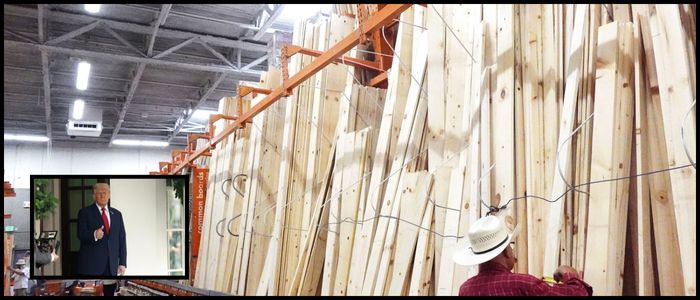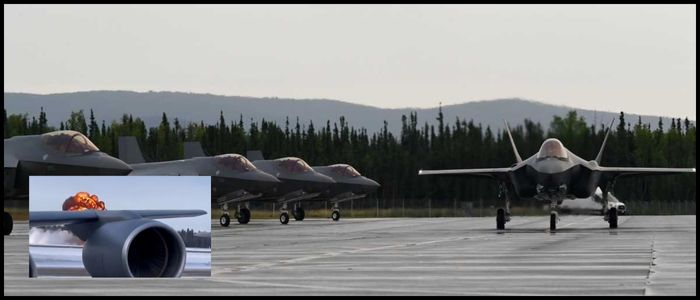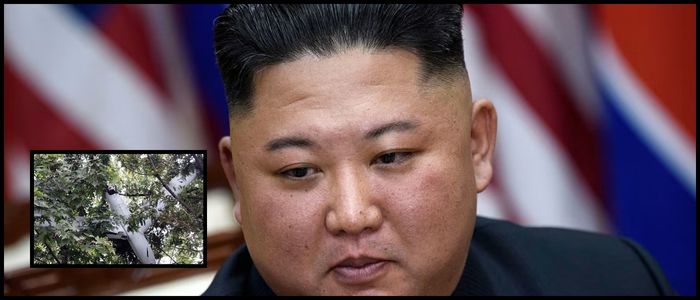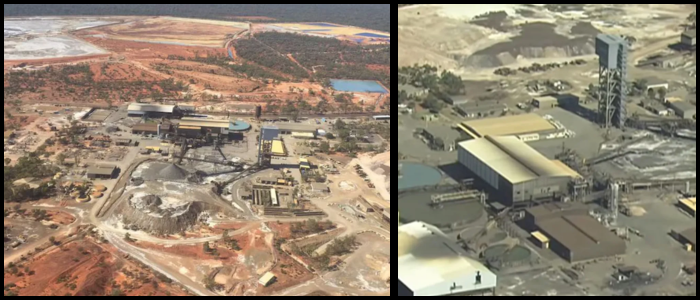Over the past two months, the PLAN has dispatched three separate aircraft carriers to different locations. The Shandong has been sailing near the Philippines, the new Fujian has been testing the waters also near the Korean Peninsula and the older Liaoning has been exercising inside Japan’s exclusive economic zone.
From what has been reported (which is hardly anything at all), the Fujian did its first take-offs and landings of an aircraft equipped with an electromagnetic catapult system (an EMALS, something that only the US Navy’s ill-fated USS Gerald R. Ford has).
This week two carrier strike groups were seen operating together in the open waters of the Pacific close to Miyako Island, which is part of Okinawa, in an unusual level of co-operation between the US Navy and its allies. The deployment is unprecedented, putting Taiwan in the cross hairs of China’s strategic exercises.
Chinese President Xi Jinping has continually expressed his wish to reunify Taiwan with the mainland by force if necessary. The exercises cut across crucial sea lanes that would be important if the US were to provide support to Taiwan were conflict to break out, analysts said.
Strategic Interests and Obligations
In May, some 70 PLAN warships and coast guard vessels were frequently active along the first island chain, from the Bohai Sea to the South China Sea, according to a Taiwanese security official. The official described China’s military posture as outstripping defensive needs, perhaps in an effort to dominate the entire “first island chain,” which runs from Japan to Indonesia and is strategically vital for both Beijing and Washington.
In addition to Taiwan, China has stepped up its presence near the Senkaku Islands (known as Diaoyus in China) — more than 100 Chinese vessels have been spotted near the area in 23 of 24 months. In the meantime, tensions persist in the South China Sea, where China has aggressively pushed for territorial claims that at times come into conflict with Philippine forces.
US Defence Secretary Pete Hegseth countered avowals to change the status quo by force and alluded to China’s military activities near Taiwan and its pressuring of the southern island. As China extends its orgres beyond the first island chain, its carriers were also seen operating past the second island chain – a dramatic expansion of its naval influence.
Japan confirmed that Chinese carriers were operating by Iwo Jima and Minamitorishima. Japanese Chief Cabinet SecretaryYoshimasa Hayashi has stressed the increasing operational capabilities of the PLAN. China is demonstrating its willingness and ability to use naval force to extend its influence, maritime experts such as Ray Powell and Carl Schuster said.
Advanced Carriers / Future Plans
The PLAN said that the long-range carrier training exercises were normal and aimed at testing defensive and joint combat capabilities, it said. But there is strategic signaling behind these moves, observers say. “It’s a signal of China that they are a major naval power that can operate in contested waters,” Carl Schuster explained.
The PLAN now incorporates the powerful Type 055 guided-missile destroyers and Type 052D(M) destroyer in its carrier battlegroups. Weighing in at about 12,000 tons, the Type 055s are among the most powerful surface combatants and the linchpin of China’s expanding fleet. The PLAN is reportedly seeking to project power on a worldwide scale, equivalent to that of the US Navy.
“It is natural to seek to protect your own interests,” said Zhang Junshe, an expert on the Chinese military, who said the growing extent of those interests may project China’s navy eventually into carrier operations in the Indian and Atlantic Oceans.
China’s next carrier, the Fujian, which is believed to displace about 80,000 tons, should play a central role in these aspirations. It will be able to accommodate about 50 aircraft, more than Shandong and Liaoning.
The trials are the Fujian’s first operations at sea using the electromagnetic aircraft launch system (EMALS), which means the aircraft can take off with greater loads and strike targets from further away. Fujian will also likely be the home of the J-35 stealth fighter, which cannot operate off China’s older carriers.
China is also working on yet another carrier (at this time known as the Type 004), with EMALS and nuclear propulsion. This will enable the ship to remain at sea for longer periods without requiring replenishment, increasing the reach of China’s navy.
While China is racing to expand and modernize, experts caution against overestimating its current capabilities.
China is developing skills, but still far behind, say analysts like Ray Powell, who point out that even with such advances, China remains very early in developing proficiency in its carrier strike group capabilities compared to the U.S. which has decades of experience. Nonetheless, China is closing the distance, and its maritime trajectory is certainly indicative of a rising maritime aspiration.
World
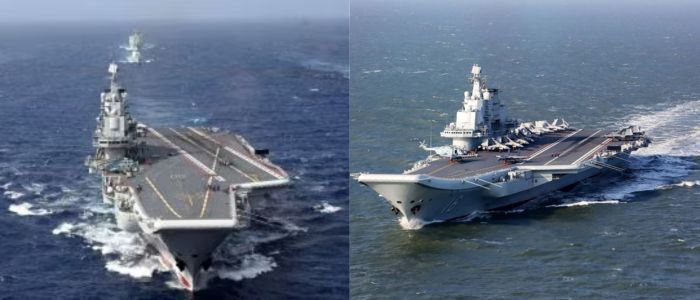
China’s carrier fleets expand reach across Pacific waters

China has markedly expanded the coverage and complexity of its naval operations in recent months, with several aircraft carrier groups at work along the Pacific and surrounding seas. These maneuvers are a showcase for China’s evolving naval power, and seem designed to show its growing capacity to travel far from home shores.



